Robotic Animals Brought Science Fiction to Life. Now, They’re Helping Us Thrive
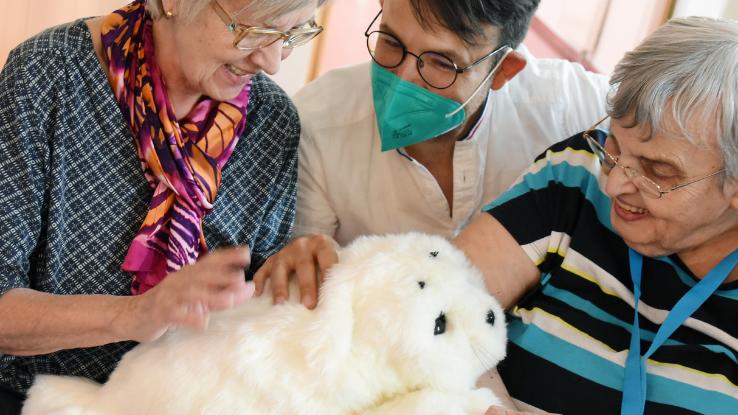
After decades of getting to know robotic animals through books and film, innovators have finally brought them into reality. Robots are everywhere these days. They can clean our homes, deliver our pizzas and give us directions. Their list of uses is only continuing to grow as robotic technologies surpass those dreamed up in imaginative and beloved works of science fiction. The results — both the robots themselves and the things they can do — feel understandably dystopic to some.
Fear around the idea of a robotic dog, cat or other animal is very valid. Living animals can be frightful, too, so it’s okay to be a little wary if a plastic and metal creature starts barking at you.
Despite the discomfort they might produce, the number of careers available to robotic animals is starting to rival the number of options available to those with Bachelor’s degrees. Robotic animals aren’t here to take anyone’s job, but they are here to help. Robotic dogs have found their way onto the rosters of local police forces. Elsewhere, in hospitals and senior-living homes, robotic animals are providing a path to healing. Robotic insects may even hold the key to restoring honeybee populations.
The simplified definition of technology is “something that makes work easier.” So, while robotic animals do have traits that polarize people’s opinions of them, in many ways they aren’t too different from other tools we use. Not sure how far these robotic animals have come along? We’re here to catch you up.
Robot Dogs on Security Staffs: Spot the Difference
You might have heard an internet uproar in early 2021 when the New York Police Department implemented a robotic dog to assist with day-to-day activities. What makes these metallic pups so useful is that they can help in situations that are dangerous to people. This can mean encouraging park-goers to practice social distancing or entering rooms with bad air quality to take pictures of what’s going on.
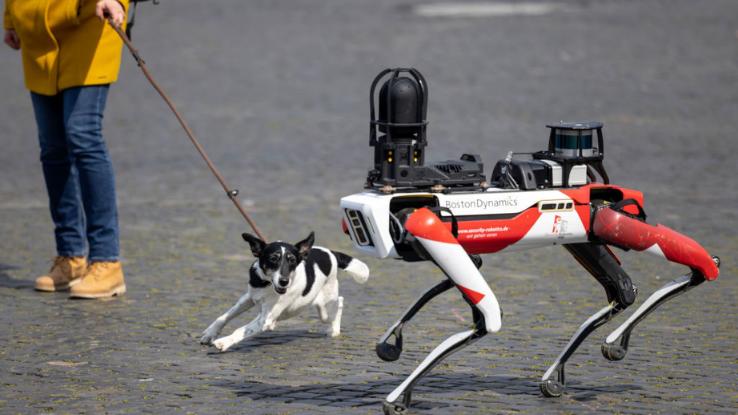
Called Spot, the canine-esque robot made by Boston Dynamics is about 2 feet tall and weighs 70 pounds. This innovative robot is able to map terrain, capture mapped images of objects using infrared technology and serve as a security camera. Spot can climb stairs and move in 12 directions. The technology is even advanced enough to save lives — but Spot was not without controversy.
As Spot patrolled the streets of New York, people argued that robotic dogs could make police forces even more militaristic than they already are. There was also a valid worry that having robotic dogs out and about could mean fewer police officers on the streets interacting with communities and building relationships with them. On the other hand, Spot units could mean more funding for engaging communities to build trust in each other. Spot can also promote allocation of funds to other community-support organizations.
Anti-Spot community members do have valid concerns. Surveillance technology has been misused throughout history. With five cameras on each Spot unit patrolling parks and streets, that’s a lot of area surveilled. Privacy is important to everyone, and the line for violating one’s privacy varies by person. Historically, real-life police dogs have been used to perpetuate racist acts, so it’s natural to feel averse to what could be perceived as another (potentially more invasive) version of that.
Long-term effects of Spot and society won’t be seen in New York. Due to the backlash behind the idea of Spot, the city ended its contract with Boston Dynamics prematurely. Spot’s effect on communities is still coming to light, but not every area has enough trust in its local police to see Spot’s good side. In looking at what Boston Dynamics is cooking up for the future, Robo-cops and animals have only just begun to hit the streets.
A Different Kind of Service: Emotional Support Robots for Seniors
Therapy is a lesser-debated use for robotic animals. Originally developed in the early 1990s, PARO is a lifelike robotic harp seal that’s used to comfort seniors and those with memory-related ailments like Alzheimer’s disease and dementia. For almost thirty years, studies have praised PARO’s functionalities for helping older adults and other patients.
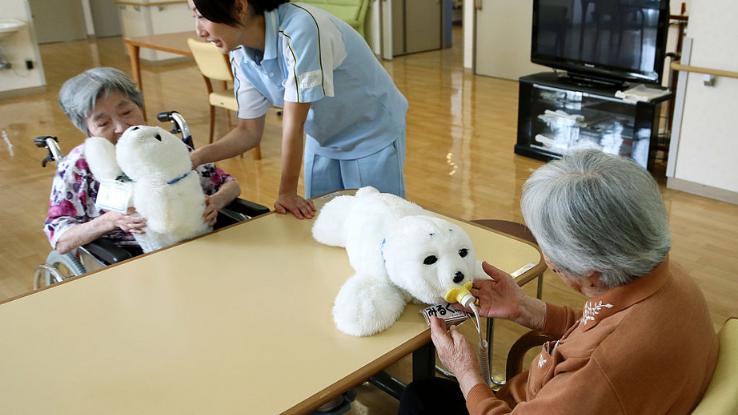
PARO works by moving just enough to be lifelike and help simulate the feeling of holding a real animal. Because the animal isn’t living, patients and their attendants don’t have to worry about things like bites, waste cleanup or other factors associated with real creatures. In turn, PARO’s robots are durable and can handle intense cuddle sessions. Everyone wins.
While robotic service animals don’t replace real animals, they offer similar benefits. Petting and caring for an animal can help stimulate a person’s cognitive function, which is particularly helpful for people with cognitive impairments such as Alzheimer’s. In one study, cognition researcher Maylos Rodrigo-Claverol, along with several colleagues, found that animal-assisted therapies improve communication and mobility of people with memory issues, in addition to brightening their moods.
PARO’s therapeutic robots have become cultural touchstones. They’ve been featured in many major publications and appeared on TV shows like The Simpsons and Netflix’s Master of None. Unlike Spot, they’re cuddly and appealing — and they’re already demonstrating measurable benefits in the healthcare sphere.
Man’s New Best Friend: Robotic Companions
Just how far has the technology for robotic animals come since the early 1990s? Well, you can now get a robotic animal with more mobility and a longer list of functions and activities than most of us could’ve imagined. Robotic animals have evolved past the point of being toys for children and are now providing services that some have deemed essential.
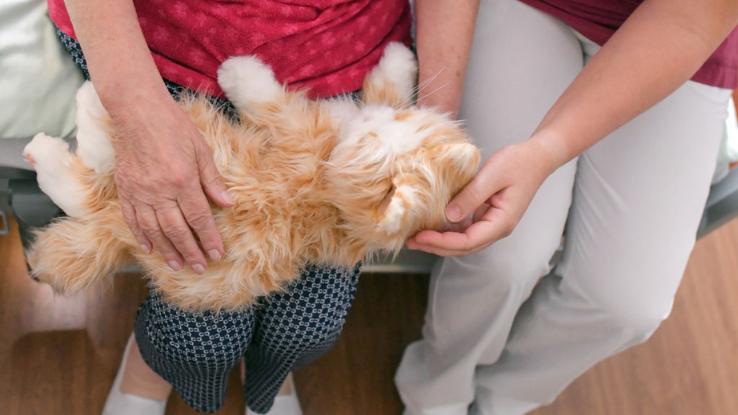
Not long after forming in 2015, Ageless Innovation, a company that designs and manufactures robotic companion animals, began living up to its company name. It quickly released a robotic cat that same year and a robotic dog in 2016. Both of these artificially intelligent pets weigh 4 pounds and arrive already assembled. Known as “Joy For All” companions, all one needs to get these virtual pets up and running are four C batteries. They’re much smaller and require less power to run than robots like Spot.
These pets, like PARO, work best when they’re held and petted. Their faces move and react to human touch. Sometimes, the pet gives off a realistic bark or meow to add to the authenticity. Some folks may actually prefer a robot animal because pet allergies can be a real struggle.
These robotic pets have been particularly helpful during the COVID-19 pandemic. Many seniors were unable to have visitors at care facilities or were unable to travel due to lockdowns. While it might initially seem odd seeing a relative talking to something that isn’t a living thing, the light these robotic pets can bring to an otherwise dark time is worth it.
Will Artificial Intelligence Save the Planet?
As technology advances, it does seem like we’re going beyond the future that sci-fi books and movies have laid out for us. Another example that straddles the line between advanced and dystopic? Robotic cockroaches, fish and birds are interacting with their real-life counterparts and potentially influencing the animals’ behavior in positive ways.
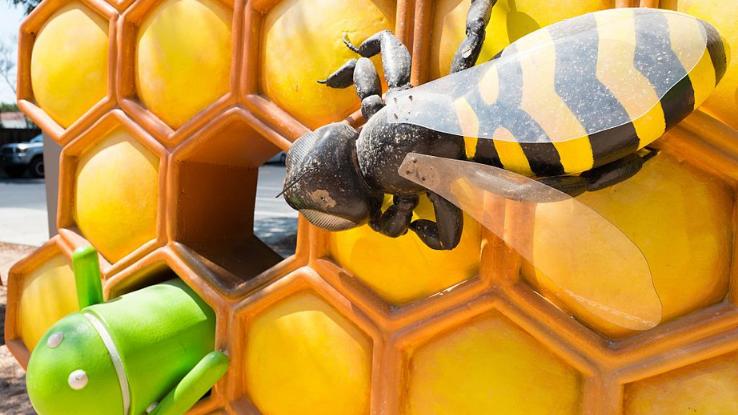
Recently, European scientists have created robotic bees that can work and learn alongside real honeybees. These robots, which behave similarly to the real insects, are designed to teach bees how to pollinate more effectively. The bees haven’t listened to their robotic counterparts the way other animals have, but they weren’t thrown off by their presence. And researchers are continuing to refine robot bee-honeybee interactions to facilitate the communication and pollination that help honeybees (and, thus, our food supplies) thrive.
It’s been said that if bees go extinct, ecosystems that support food and agriculture will start to die out. Bee populations have declined since the 20th century due to climate change, so it’s been a bit of a red flag. Maybe, instead of taking over the Earth, robots and innovators in AI will be the ones to save it.
Technology like this can be life-saving in the right hands. Perhaps instead of robots overwhelming us and taking over the world, they’ll play a significant role in the upkeep of our planet.





